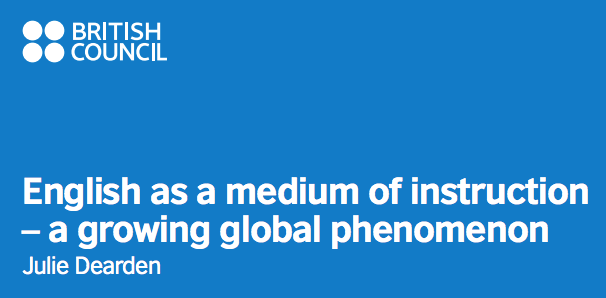Through the AESLA mail-list
::::::::::::::::::::::::::::::::::::::::::

CALL FOR PAPERS
International Journal of Bilingual Education and Bilingualism: Special Issue 2017
As guest editors (Yolanda Ruiz de Zarobe and Roy Lyster) of a Special Issue of the International Journal of Bilingual Education and Bilingualism, we invite you to submit proposals on the following topic:
Instructional practices and teacher development in Content and Language Integrated Learning (CLIL)
The aim of this Journal is to be thoroughly international in nature. It disseminates high-quality research, theoretical advances, and international developments related to
initiatives in bilingualism and bilingual education. Each year the International Journal of Bilingual Education and Bilingualism devotes two of its issues to Special Issues.
Previous Special Issues have tended to receive remarkable praise, particularly as they focus on one issue and often provide a major step forward in the study of a particular
This Special Issue on CLIL seeks:
• To promote theoretical and applied research conducted in the context of CLIL and other content-based programs such as immersion.
• To disseminate information about best practices in content-based instruction.
• To provide a truly international exchange on how CLIL pedagogy is applied in a wide
Authors are invited to submit proposals focusing on instructional practices and teacher development in CLIL at any educational level and in any educational setting. Both
state-of-the-art articles and empirical studies are welcomed. Manuscripts submitted should be original, not under review by any other publication and not published
– Deadline for 200-250 word abstracts: 15th September 2015. Proposals should be submitted by email attachment to the co-editors at yolanda.ruizdezarobe@ehu.es and
They should contain the author’s name, affiliation and e-mail address.
– Notification of acceptance/rejection: 1st November 2015. Please note that selection of the proposal does not always guarantee publication.
– Deadline for full papers (no longer than 7,000 words including notes and references):
15th February 2016. Each article will receive two independent and anonymous
For further information on the journal’s submission guidelines please visit.
http://www.tandf.co.uk/journals/rbeb




